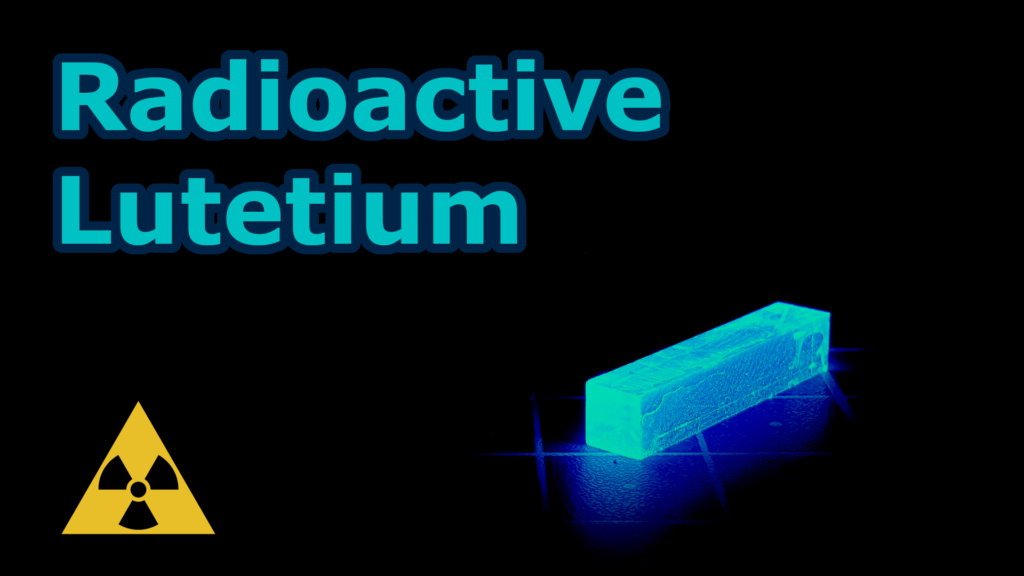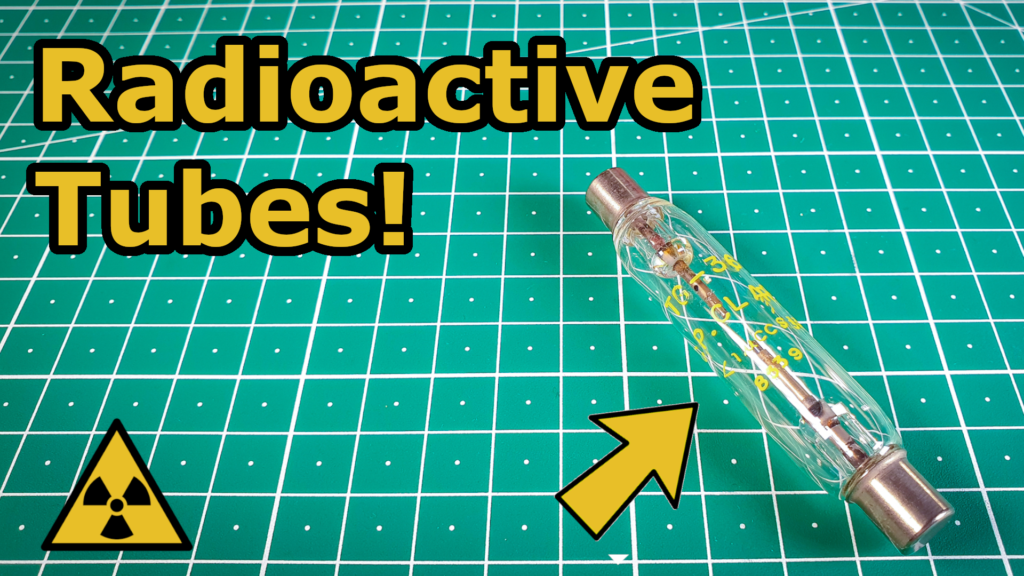Uranium and Thorium along with Potassium are the most common, naturally occurring radioactive isotopes but there are also many other, lesser-known ones. One of them is Lutetium, which will be today’s main topic. Lutetium is the last element in the Lanthanide series and it has been discovered in 1907 by French scientist Georges Urbain. Today […]
Introduction Small amounts of radioactive isotopes are often used in common household items. A good example of that would be 241Am in smoke alarms or 226Ra in watches but today, I want to focus on tubes (valves) and other less common electrical components containing radioactive isotopes! TG-36 Spark Gap Tube Isotope: 137Cs Activity originally: <1 […]
On this day 35 years ago, reactor number 4 at Chernobyl Nuclear Power Plant (CNPP) exploded releasing millions of becquerels of radioactive isotopes into the atmosphere and as a result, contaminating most of eastern Europe. It is still the worst nuclear disaster to ever take place in the history of humankind, scoring level 7 on […]
Items generating “Negative Ions” are no strangers to this channel. In fact, my first proper video was on one of them! Today we take a closer look at another pendant but this one is pretty special! Unlike the old pendant, this one is made out of green glass which also glows under black light and […]
Today we will take a closer look at an element that you most probably did not know was radioactive, Bismuth. Bismuth was first discovered in 1753 and is probably most famous for its very characteristic crystal structure and absolutely stunning colours. In nature, it has only one isotope, 209Bi, which is also one of the […]
Recently, I have acquired an Eberline 120 survey meter however since it is pretty old, I was a little bit worried that the voltage coming from the unit might be too high for the probe due to the age of the internal components so I decided to measure it just to be sure. Unfortunately, if […]
Today I want t show you a device that allows you to do gamma spectroscopy on the go! Let’s take a closer look at the RAYSID Gamma spectrometer. RAYSID is a gamma compensated dosimeter, gamma spectrometer and radiation mapping/logging device all in one small package. There are 4 models with the cheapest being 300 euros […]
Exactly 10 years ago, a 9.2 magnitude earthquake hit Japan marking the beginning of one of the biggest nuclear disaster in history. The earthquake caused the Fukushima Daiichi nuclear plant to switch to backup generators to run its cooling system. After about 50 minutes from the initial earthquake, a massive, 14-meter tall tsunami hit Japan’s […]
Today I want to show you an element that made the use of radium 226 in paint absolute! Let’s take a closer look at Hydrogen 3 or better known as Tritium! Tritium is a radioactive isotope of Hydrogen with 2 neutrons which makes it unstable and thus radioactive. It was first discovered in 1934 by […]
On the 26th of April, 1986, reactor number 4 at Chernobyl Nuclear Power Plant exploded. As a result, a large amount of radioactive isotopes was released into the environment contaminating most of eastern Europe. Today, 35 years later, most radioactive isotopes with short half-life have decayed with only 6 isotopes remaining in significant amounts from […]








